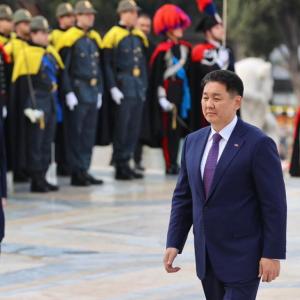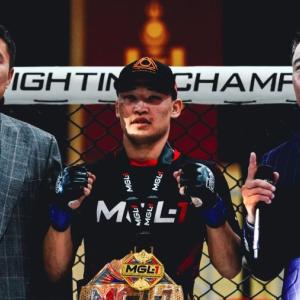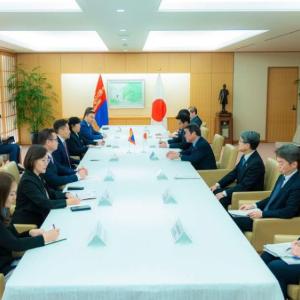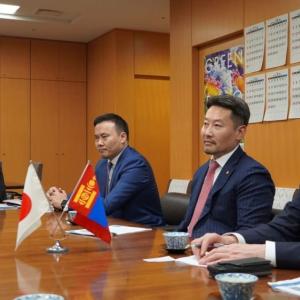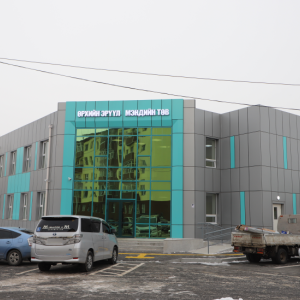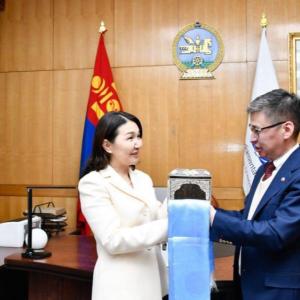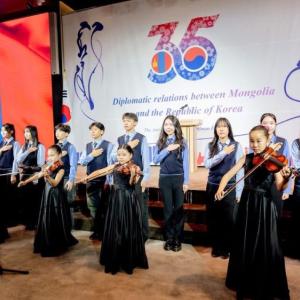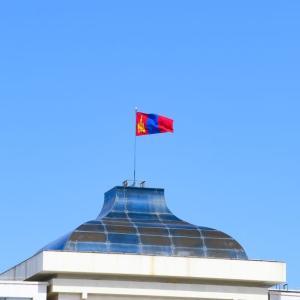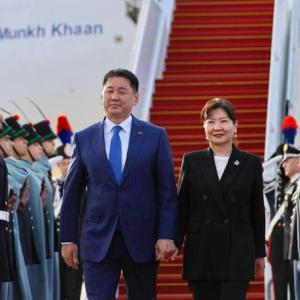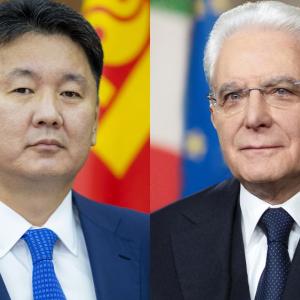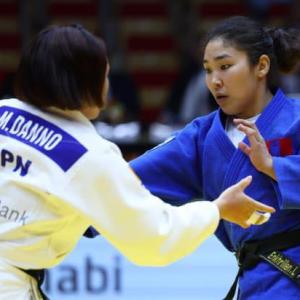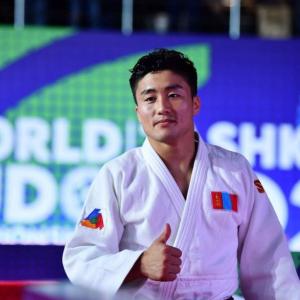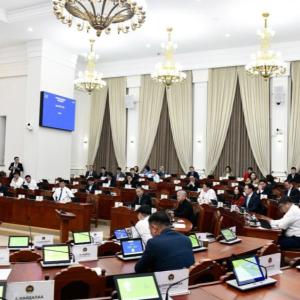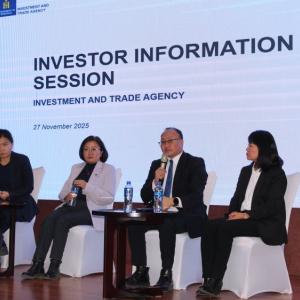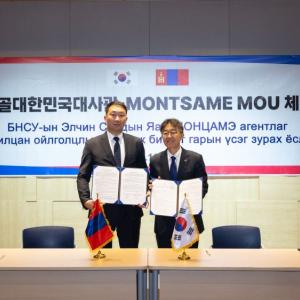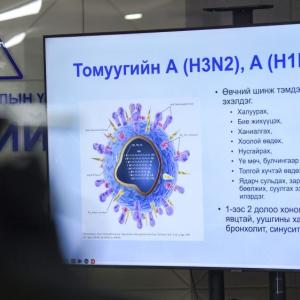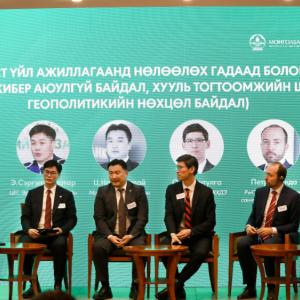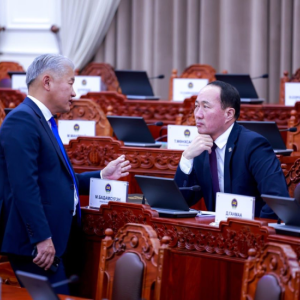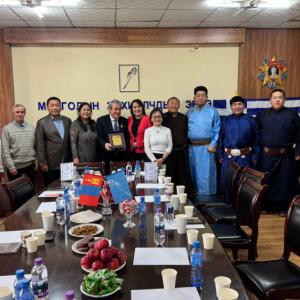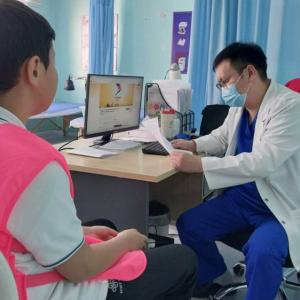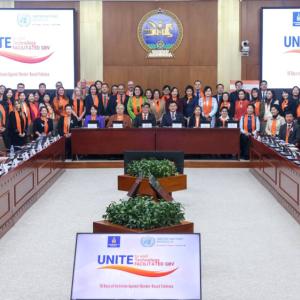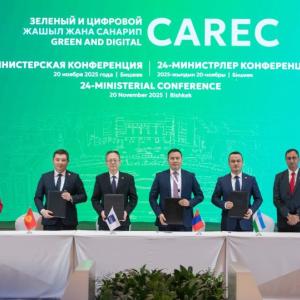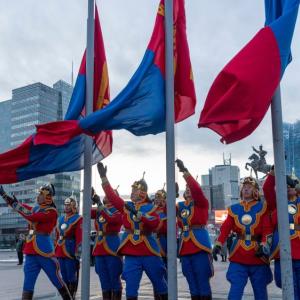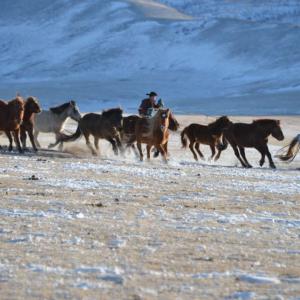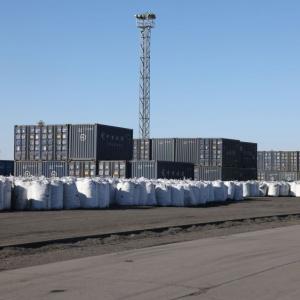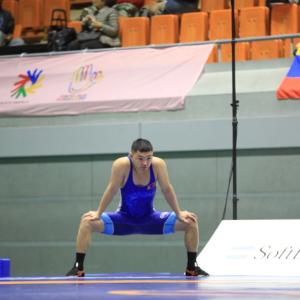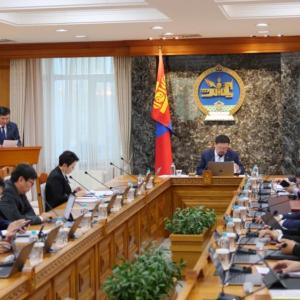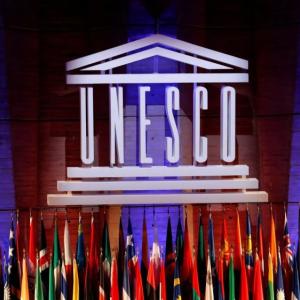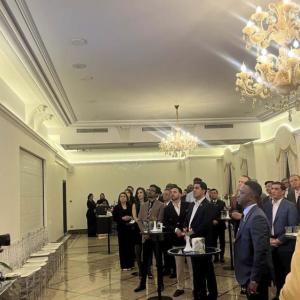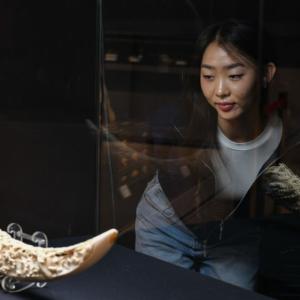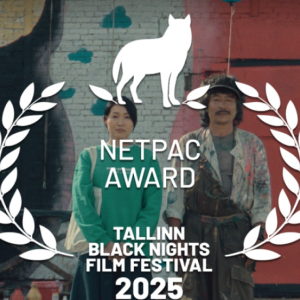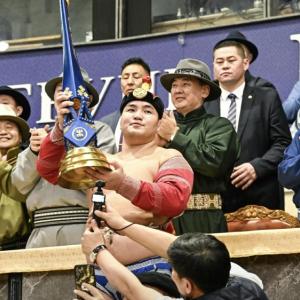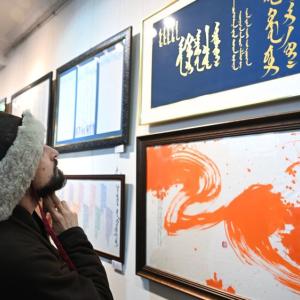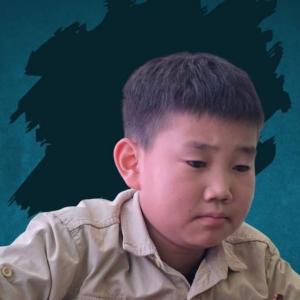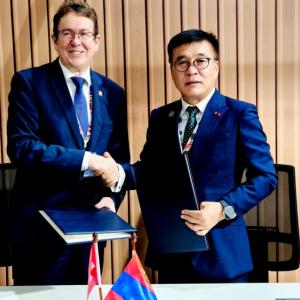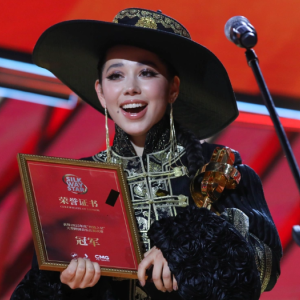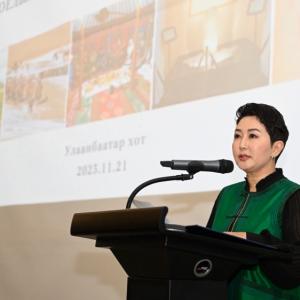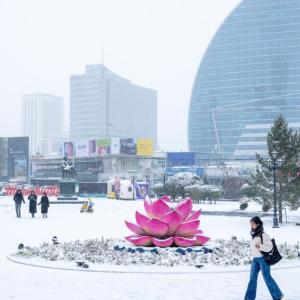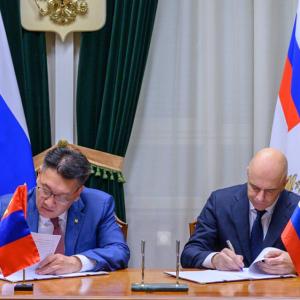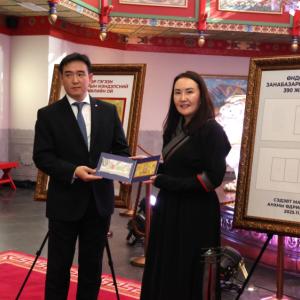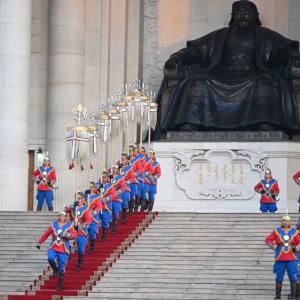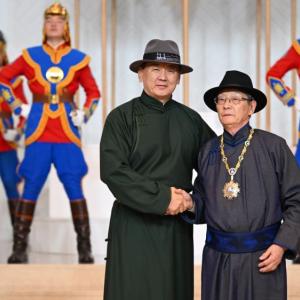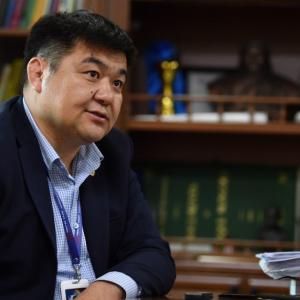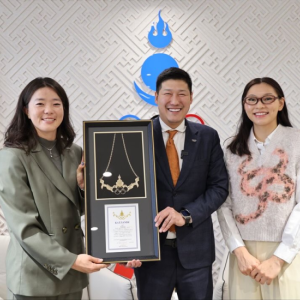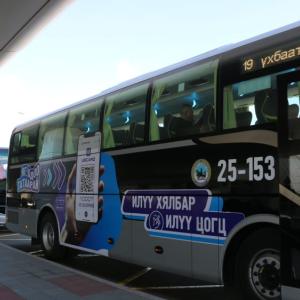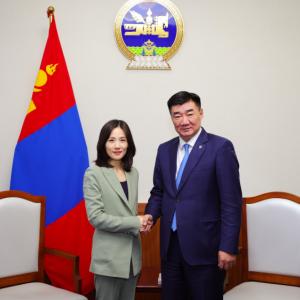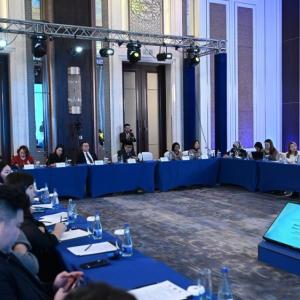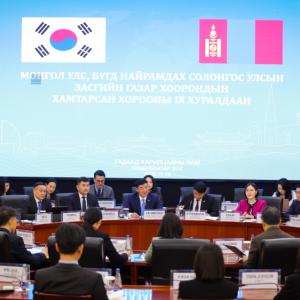Mongol Costumes: Contemporary designs inspired by tradition
Mongolian Brands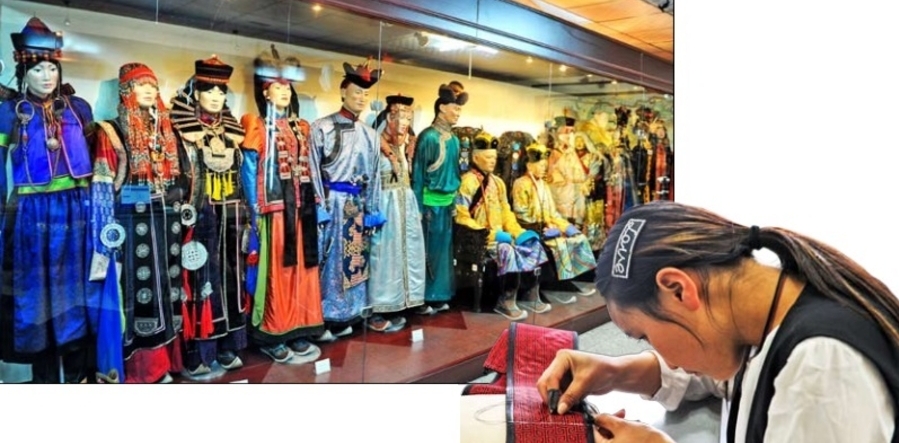
MONTSAME’s correspondent B.Zandankhuu sit with the Director of the Mongol Costumes B.Suvd, who is also the initiator of Mongolia’s most popular annual fashion show “Goyol” and the Mongolian Designers Association.
 One of the most worshipped figures in the fashion industry, the Editor-in-Chief of Vogue Anna Wintour took everyone by surprised by wearing Mongolian Deel (traditional costume) at the 26th annual Glamour Women of the Year Awards last November.
One of the most worshipped figures in the fashion industry, the Editor-in-Chief of Vogue Anna Wintour took everyone by surprised by wearing Mongolian Deel (traditional costume) at the 26th annual Glamour Women of the Year Awards last November.The global media has been reporting that Anna Wintour’s choice might be telling us Mongolian traditional clothing will take over the world of fashion by storm. Our agency had a pleasant opportunity to interview the founder of a traditional clothing line in Mongolia.
The parade of young people in traditional costumes walking the lanes of the Central Stadium during the grand opening ceremony of Naadam Festival and the 800th Anniversary of the Great Mongol Empire was the major concert staged by the Mongol Costumes Company. Soon after the grand appearance at Naadam 2006, the company began putting unique performances to advertise Mongolian clothes to the global audience, performing even in the headquarters of the United Nations and the fancy palace of the UNESCO. The Mongol Costumes had gotten everyone realize the importance of wearing own culture and showing own identities. Young people then initiated “Deeltei Mongol” events, (literal translation: “Mongolians in Deel”)where people have chance to wear traditional costumes and uniquely customized national clothes only for recognition of the traditional culture. The ‘Deeltei Mongol’ event has become more regular and popular in urban areas. This is the history of how the priceless cultural heritages had inspired a fashion brand.
Owning only a couple of sewing machines, Director B.Suvd launched her business in 2003 with a bigger picture in her head. Her dream was materialized into a business project comprising of sewing factory, fashion saloon, library and museum. As the saying goes, “little strokes fell great oaks”, and the brand has soon begun flourishing with fame. Ms. Suvd avoids using words, such as “number of designs” and “clothes manufacturing”, because the trademark is cultural creativity, as she considers. Indeed, the trademark can be backed up by the pile of books for research on the anthology of ethnic clothes and the extraordinary designs shown in exhibition. Each piece was marked with the Mongol Costumes logo.
During historic anniversaries and celebrations, national museums give orders to Mongol Costumes to have them design and re-make traditional clothes from distinct periods of the Mongolian history of over 2,000 years ago from all the way to the founding of the first nomadic kingdom, the Hun Empire to the modern democratic Mongolia. For this reason, the Mongol Costumes occasionally tries hand in scientific manufacturing.
B.Suvd graduated from the Kiev Institute of Light Industry, contemporarily the Kiev National University of Technologies and Design during the 1980s, majoring in fashion apparel design. Right upon her arrival to her home country, she received an important mission from the thenChairman of the State Committee on Prices and Standards, who later became the Prime Minister of Mongolia, to study the measurements and special features of bodies of Mongolian people. Thus, her career as a designer has begun from the homes of ordinary herdsmen. B.Suvd earned a doctorate degree with dissertation named “Sophisticating the designs of contemporary clothing incorporating Mongolian traditional elements”.
To the sound of the word “oriental costumes”, people usually imagine Japanese kimono, Indian sari, Korean hanbok, as well as the Manchurian-style Deel. The Mongol Costumes has been striving to seal the image of Mongolian traditional costumes, creation of which dates back to the Hun Empire era, to the people’s imagination of oriental culture and Mongolia.
The first ladies of Mongolia have played special roles in advertising the Mongol Costumes overseas. It is common for the spouses of the heads of state to wear designs by the Mongol Costumes to official events and visits. They not only choose to wear the Mongol Costumes pieces, but also gift honored guests of the high-profile events the design catalogues of the Mongol Costumes.
Number of the Mongol Costumes’ customers at home and abroad has been increasing day by day. The reason for such flourishing of this traditional fashion line might be the people’s desire to stand out in the world that is being rapidly globalized.
On what makes the Mongolian clothes so special, B.Suvd said “It is backed by science that the nomadic wears have become the roots of many pieces of clothing of the humanity. The most important feature of the Mongolian traditional clothes is the comfort, as well as the many healthy advantages from the scientific point of view. Traditional clothes are both fancy and beneficial”.
The Mongol Costumes director has a collection of about 150 traditional pieces inspired by each period of history from the Hun Empire to the 1921 People’s Revolution of Mongolia. Their designers imagined how the archaeological findings would have looked in the first place and created replicas of them.
“I cannot mark anything as ‘perfect’. Even the god’s creations are not perfect. Especially for that reason, humans create and design while attaining perfection. Therefore, we, too try to create our pieces as close to perfection as we can”, said B.Suvd.
Timeline of the Mongol Costumes major events:
2004 - “The Mongolian Clothes” exhibition at a gallery in Ulaanbaatar
2005 - Participation in the Silk Road International Festival in Russia
2005 - Participation in the Silk Road International Festival in Russia
2006 - Parade of traditional designs at the opening of Naadam Festival and the celebration of the 800th anniversary of the founding of the Great Mongol Empire
2006 - present–Initiating and organizing “Mongolians with Deel”traditional costume events
2007 - Opening of exhibitions in Berlin and Stuttgart, Germany -Participation in the Art Expo International Exhibition in New York -Grand Prize of Ethno-Erato international competition in Moscow-Fashion shows in Paris, Nagoya and Taipei
2008 - Representing Mongolia to the Washington Fashion Week -Fashion tour through Austria and Germany within the Days of Mongolian Culture event
2010 - Representing Mongolia in the International Symposium of Oriental Clothing Design in Shanghai
2011 - Fashion performances at the “Miss Mongolia in USA” contest in Chicago and “Days of Mongolian Culture” in Los Angeles
2007 - Opening of exhibitions in Berlin and Stuttgart, Germany -Participation in the Art Expo International Exhibition in New York -Grand Prize of Ethno-Erato international competition in Moscow-Fashion shows in Paris, Nagoya and Taipei
2008 - Representing Mongolia to the Washington Fashion Week -Fashion tour through Austria and Germany within the Days of Mongolian Culture event
2010 - Representing Mongolia in the International Symposium of Oriental Clothing Design in Shanghai
2011 - Fashion performances at the “Miss Mongolia in USA” contest in Chicago and “Days of Mongolian Culture” in Los Angeles
B.Zandankhuu
 Ulaanbaatar
Ulaanbaatar






